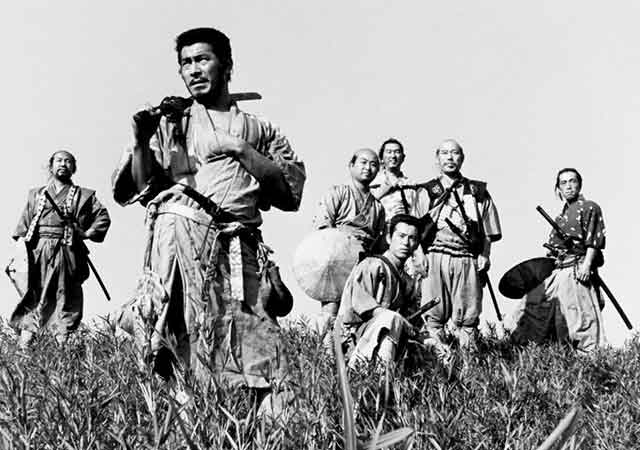
“Seven Samurai”, Akira Kurosawa’s film, can be called a real masterpiece. The famous film was screened for the first time on April 26, 1954. The plot revolved around the story of how 7 samurai defended peasants from bandits.
In the Middle Ages, Japan was pillaged by gangs of samurai left without their lords. One of such gangs often attacked one of the villages. Peasants realized that they simply would not survive because of the constant pillages. So, the villagers decided to hire defenders, they hired the same impoverished samurai.
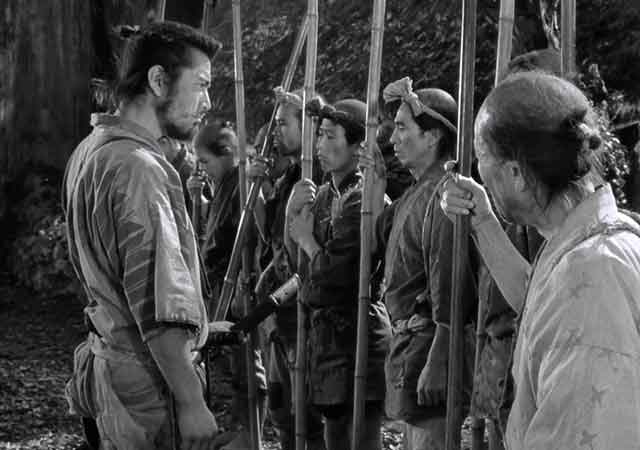
The main characters are completely different. Experienced and wise Kambei leads the team that includes young Katsushiro, good-natured big guy Gorobei, taciturn and evil Kyuzo, old Shichiroji, witty Hayashida. A tramp with a fake samurai’s certificate, Kikuchiyo, also wormed his way into the gang.
Oddly enough, they all made a great team. Cheerful Gorobei supports everyone with his jokes, Kyuzo easily handles difficult challenges. Even gauche Kikuchiyo had something to do. Peasants, who were afraid of other samurai, immediately trusted him.
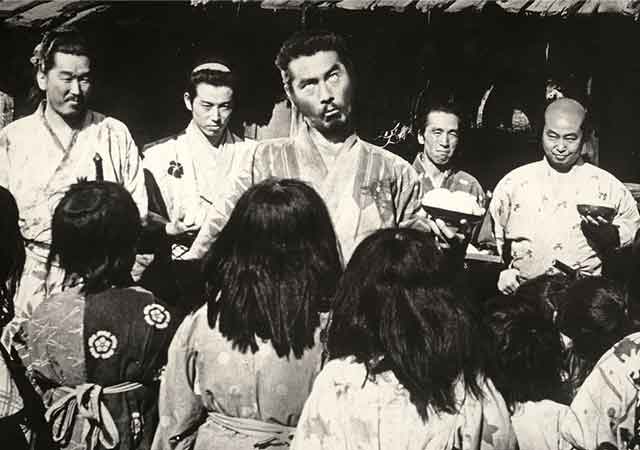
At first, the villagers seek help only from Kambei, but he realizes that he is not able to protect them alone. Kambei informs the villagers that there needs to be seven samurai to defeat the bandits. In most films, superheroes do everything alone. But Kurosawa shows real warriors who assess their powers and abilities in advance.
Even though the seven samurai are ready to bring the fight, the bandits have many advantages. There are 40 of them, they have armament and horses. The samurai try to teach the peasants military art, but it does not work. Then the samurai break the bridges and control the only way to the village. They also settle all villagers in neighboring houses so that it would be convenient to defend them.
After the first fight with the bandits, everyone understands that they are mostly cowardly and selfish people. They can only beat helpless peasants. And when the villagers resisted the bandits, some of them fled and others quarreled with each other.
Kyuzo intrudes into the bandits’ lair, steals a rifle and kills two pillagers. Kikuchiyo also wants to commit the heroic deed and leaves his post to go to the woods. As a result, the bandits attack the village and kill one samurai. Others understand that even brave actions require a deliberate approach so as not to cause dire consequences.
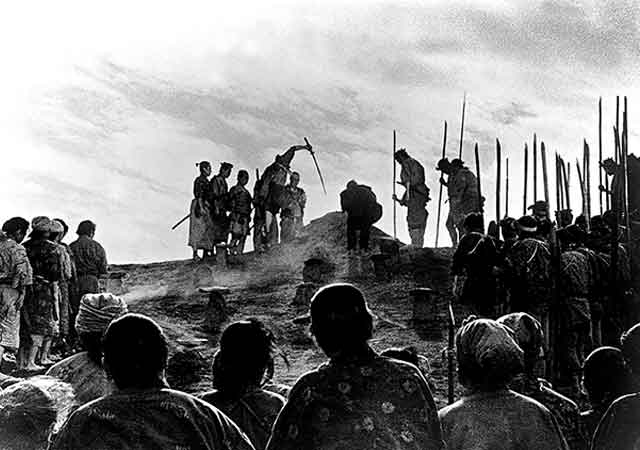
Akira Kurosawa, the film director, perfectly recreated medieval Japan. “7 Samurai” is a film where you can see working equipment, clothing, and everyday life thought out to the smallest detail. It accurately shows the appearance of the village and peasant houses from a historical perspective. The film perfectly combines action and historical genres. It also has the robust plot and behavior of each character which were perfectly played by Kurosawa’s favorite actors. And the main role was played by Toshiro Mifune, the most famous Japanese actor.
See also
-
Tatara Samurai
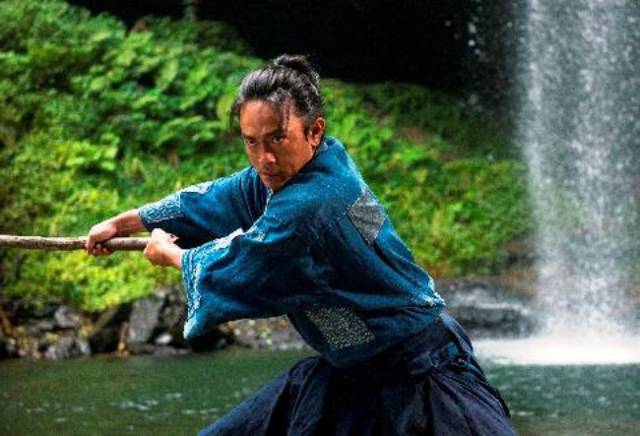
One day, bandits raid the quiet Tatara village, renowned for its steelworks and sword craftsmanship. Despite the arrival of samurai to protect the villagers, young Gosuke's mother is tragically killed while fleeing with him.
-
Samurai Fiction
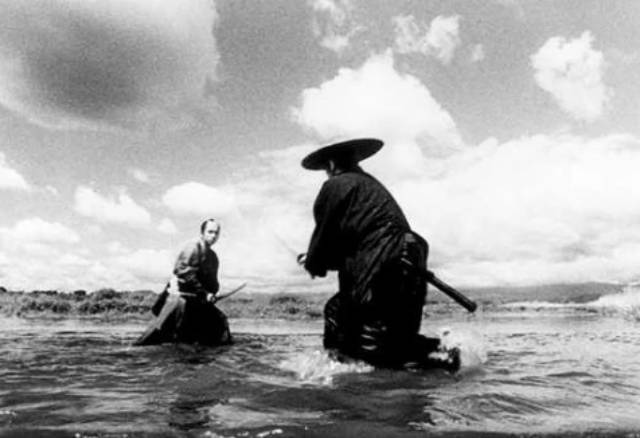
Samurai Fiction is a 1998 samurai-comedy film directed by Hiroyuki Nakano. The movie stands out for being filmed almost entirely in black-and-white, paying homage to classic jidaigeki samurai films. However, what sets it apart from its inspirations, including the works of Akira Kurosawa, is its modern twist, notably Tomoyasu Hotei's rock-and-roll soundtrack. A loose spinoff, Red Shadow, was released in 2001.
-
Rurouni Kenshin
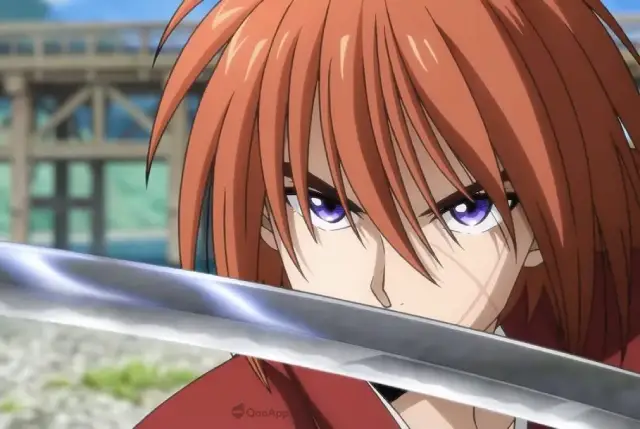
Rurouni Kenshin: Meiji Swordsman Romantic Story (Japanese: Hepburn: Rurōni Kenshin -Meiji Kenkaku Roman Tan-) is a Japanese manga series created by Nobuhiro Watsuki. Set in 1878, during the 11th year of the Meiji era in Japan, the story follows a former assassin known as Hitokiri Battosai. After his role in the turbulent Bakumatsu period, he adopts the identity of Himura Kenshin, a wandering swordsman who vows never to kill again. He dedicates his life to protecting the people of Japan. Watsuki crafted this series with the intent to create a unique shōnen manga, distinguishing it with a protagonist who is a former assassin and a narrative that becomes increasingly serious as it progresses.
-
Samurai Spy
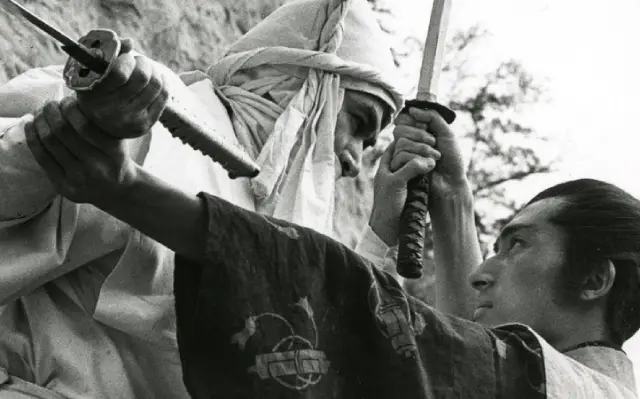
Samurai Spy (Ibun Sarutobi Sasuke), also known as Spy Hunter, is a 1965 film directed by Masahiro Shinoda, adapted from a novel by Koji Nakada. The film follows the legendary ninja Sasuke Sarutobi as he hunts the elusive spy Nojiri, while a shadowy figure named Sakon leads a group of men with their own designs on Nojiri. As the pursuit unfolds, the lines between allies and enemies blur, leaving everyone unsure of each other's true allegiance. Created during the height of the Cold War, the movie reflects the complexities and shifting loyalties of spies caught in the power struggles of their era.
-
Samurai III: Duel at Ganryu Island
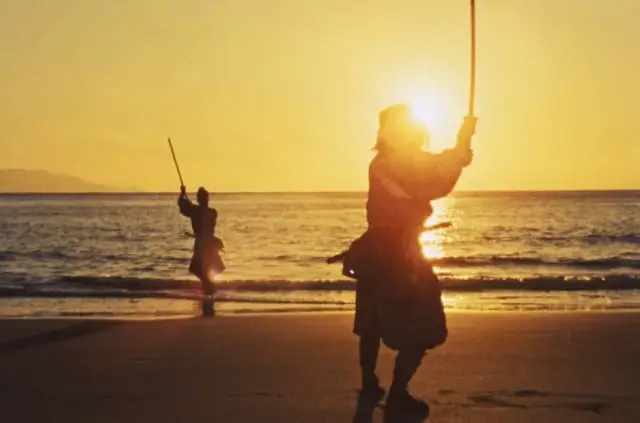
Samurai III: Duel at Ganryu Island (Japanese: Hepburn: Miyamoto Musashi Kanketsuhen: Ketto Ganryūjima) is a 1956 Japanese film directed by Hiroshi Inagaki and starring Toshiro Mifune. Filmed in Eastmancolor, it serves as the concluding chapter of Inagaki's Samurai Trilogy.
-
Samurai Marathon
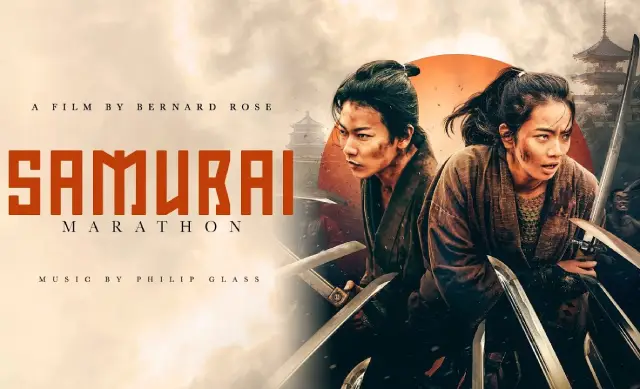
The producing team behind Takashi Miike's "13 Assassins," Jeremy Thomas and Toshiaki Nakazawa, reunite for another visually striking and action-packed samurai film. Based on a novel by Akihiro Dobashi, this film may not reach the same heights of relentless carnage or critical acclaim as its predecessor, but it still offers an exciting and occasionally humorous addition to the samurai genre, likely to resonate with festival audiences. This story of a literal running battle between rival samurai factions could see moderate success in theaters, though it may require more marketing effort without the ultra-violent appeal that made "13 Assassins" memorable.
-
Samurai II: Duel at Ichijoji Temple (1955)
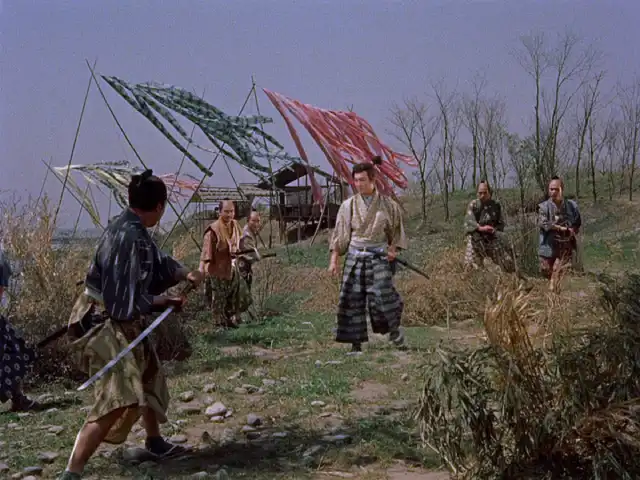
Duel at Ichijoji Temple (Hepburn: Zoku Miyamoto Musashi: Ichijōji no Kettō) is a 1955 Japanese film directed by Hiroshi Inagaki and starring Toshiro Mifune. Filmed in Eastmancolor, it is the second installment in Inagaki's Samurai Trilogy.
-
The Samurai I Loved (Semishigure)
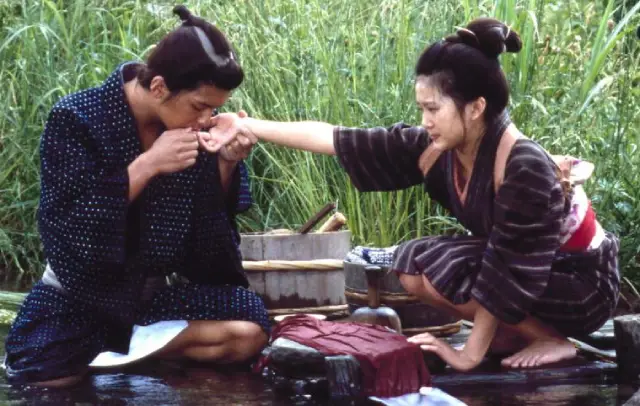
The costumes, settings, and script of The Samurai I Loved immediately transport samurai film enthusiasts back to the golden era of classic black-and-white samurai masterpieces.

